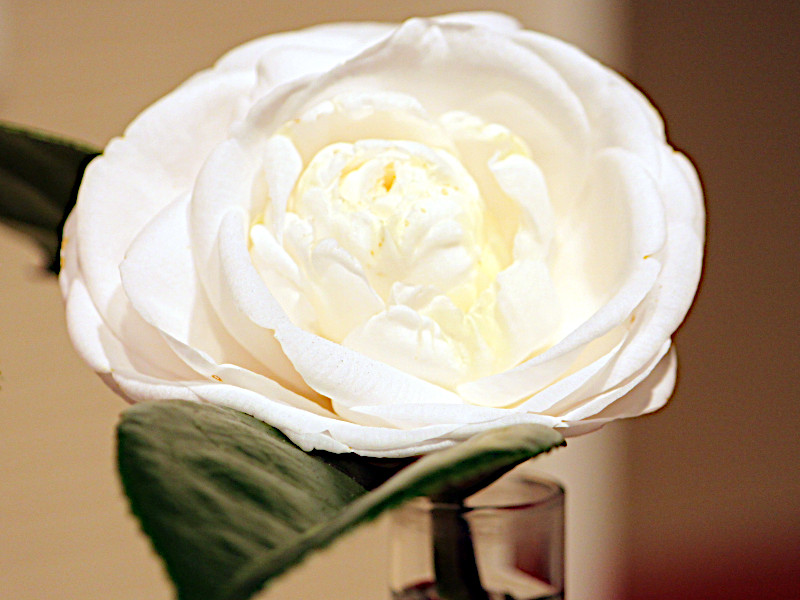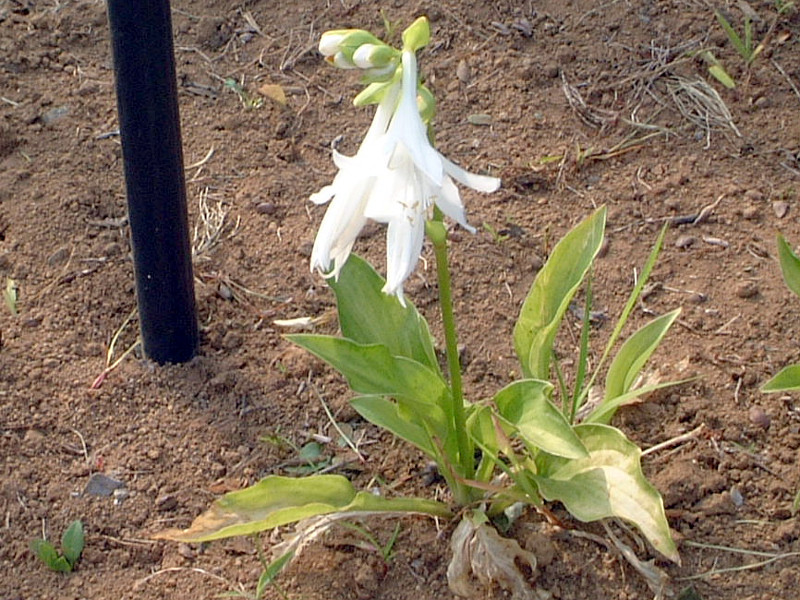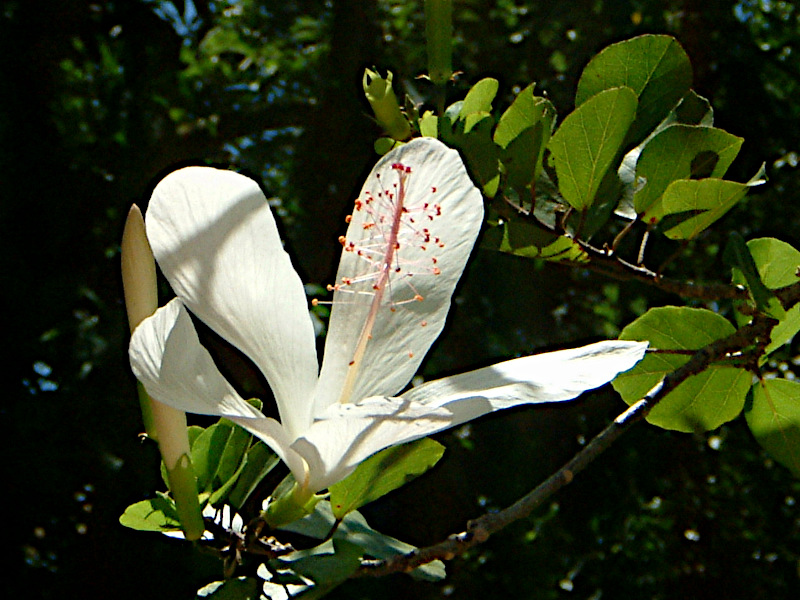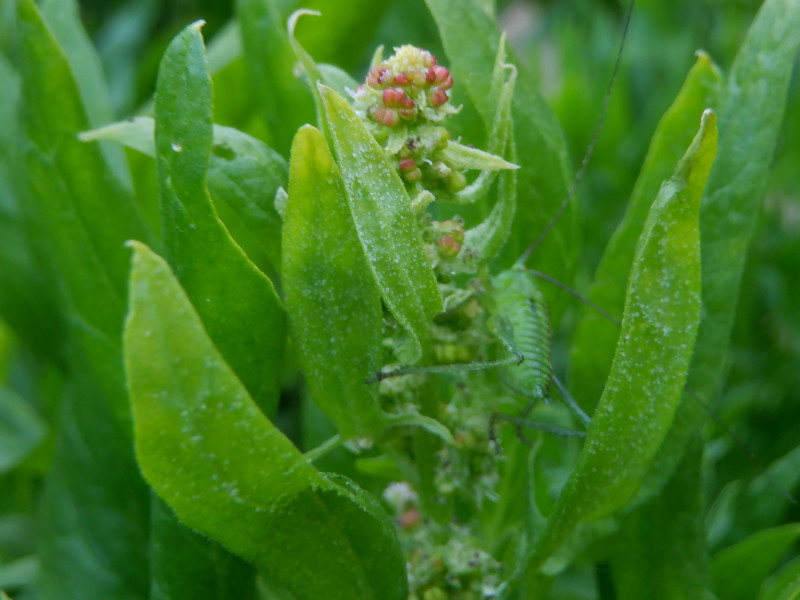Camellia japonica
Representative kind of the camellia
- Flower nameCamellia japonica
- Scientific namec.j.
- Aliasツバキ, Camellia, Common Camellia, 椿, Camellia japonica, Tsubaki, つばき, 藪椿
- Place of originJapan (Honshu or Kyushu), Taiwan and the Korean peninsula
- Place of floweringGarden, Botanical Gardens, Cemetery & Temple, Park, Bonsai
- Flowering seasonJanuary, February, March, April, October, November, December
- Language of flowersMy fate is in your hands.
What is Camellia japonica
Camellia japonica or tsubaki (scientific name: Camellia japonica, c.j.) is an evergreen tree native to Japan, Taiwan, and the Korean Peninsula, belonging to the family Camelliaceae.
Camellia japonica is another name for Camellia japonica (scientific name: Camellia japonica L.).
It is also the generic name for the original camellia species and horticultural varieties of camellia, such as the wabisuke (Camellia japonica), the yukitsubaki (Camellia japonica), and the Chinese camellia (Camellia japonica).
However, the sasanqua (Sasanqua sasanqua) is treated differently from camellia and called sasanqua.
Camellia japonica (Tsubaki) =mainly Yabu-tsubaki
Camellia japonica or Yabu-tsubaki (scientific name: Camellia japonica L.) is an evergreen tall tree of the family Theaceae. Simply speaking of camellia, it refers to this species. The original species is a red-colored five-flower blossom, flowering from winter to spring (December to April). The leaves are single leaves, light green, thick and big shiny, there are no serrated teeth on the leaf edge, and they are attached to the branches in an alternating fashion. A large number of garden cultivars have been bred, and flower colors, shapes and timelines are diverse. Variants include Camellia Koshinobenishidare(Yukitsubaki) in the Niigata region and Camellia wabisuke(Wabisuke) preferred by tea ceremonies.
Pests on Camellia japonica
Arna pseudoconspersa, the tea tussock moth or Japanese browntail moth(Arna pseudoconspersa, Synonyms:Euproctis pseudoconspersa) is found on camellias, chasms, sasanquas, and other plants in the camellia family.
Adults occur twice a year, from July to August and from September to November. Natural enemies of the chadocuga chadocuga include birds such as cuckoo, cuckoo, and titmouse, as well as wasps, spiders, and praying mantis.
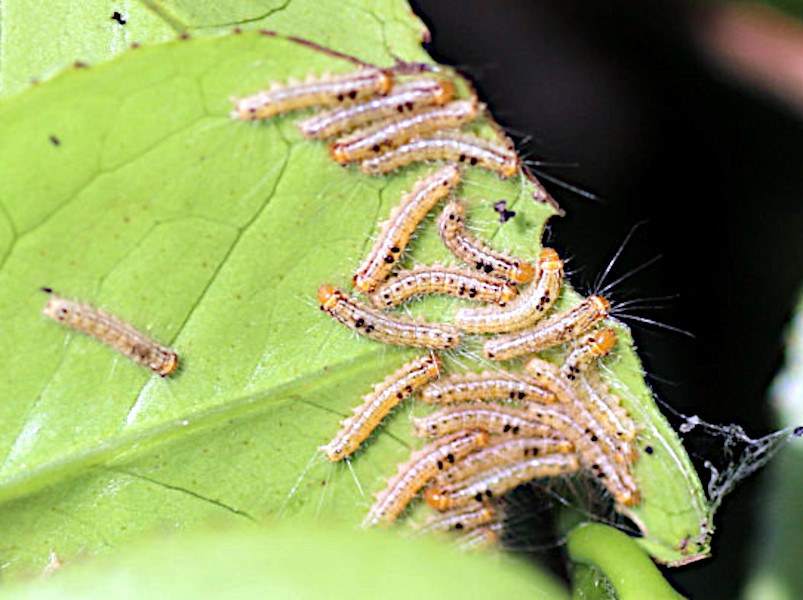
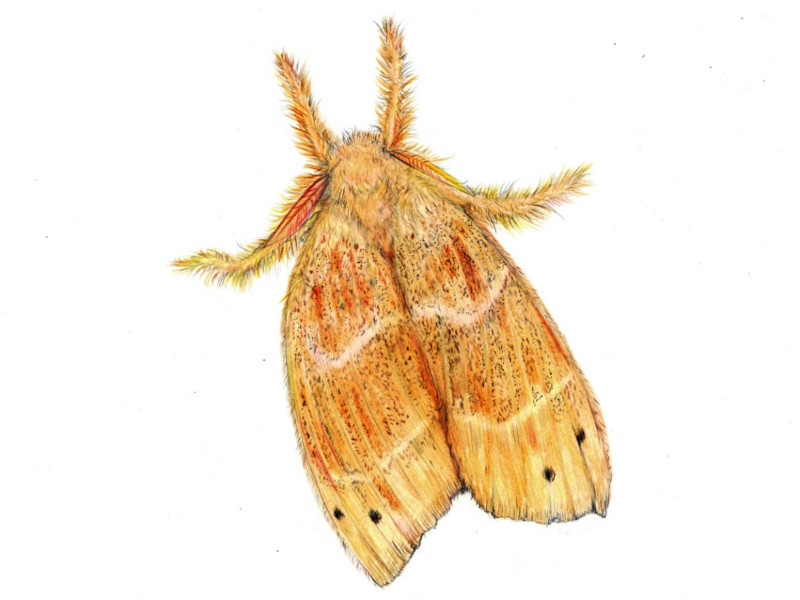
Left: Arna pseudoconspersa larva Photo by Aki Fujita, Right: Arna pseudoconspersa adult (moth) Illustration by yuki@kagiken.co.jp
Sasanqua
Also, in the same camellia genus, there is Sasanqua (mountain flower plant), which is similar. The difference between them is that Sasanqua has fine hair in leaves, stems, sprouts, and ovaries, but not in Camellia japonica. In addition, the flower strings of this kind of petals and stamens coalesce, whereas Sasanqua does not coalesce. Although it can be seen to see the petal that scattered to the easiest way to distinguish it, it is not accurate because some of the camellia are not coalesced. The flowering period is Sasanqua earlier than Tsubaki, around October to December.
There are Shishigashira(Kan-tsubaki) in the cross between Yobutsubaki and Sasanqua. Shishigashira is hard to distinguish from Sasanqua, the leaves are small, there is no gloss, there are saw teeth on the leaf edge. Petals will fall apart. Flowering is from November to February and blooms after Sasanqua. Typical varieties include "Yujiro" and "Lion head".
Also, in the same camellia genus, there is Sasanqua (mountain flower plant), which is similar. The difference between them is that Sasanqua has fine hair in leaves, stems, sprouts, and ovaries, but not in jabutbaki. In addition, the flower strings of this kind of petals and stamens coalesce, whereas Sasanqua does not coalesce. Although it can be seen to see the petal that scattered to the easiest way to distinguish it, it is not accurate because some of the camellia are not coalesced. The flowering period is Sasanqua earlier than Tsubaki, around October to December.
There are Shishigashira in the cross between Yobutsubaki and Sasanqua. Kanzubaki is hard to distinguish from Sasanqua, the leaves are small, there is no gloss, there are saw teeth on the leaf edge. Petals will fall apart. Flowering is from November to February and blooms after Sasanqua. Typical varieties include "Kanjiro".
Special feature camellia (camellia)
https://www.flower-db.com/en/special/23/2
Common name: Camellia japonica, (Tsubaki)
Scientific name:Camellia japonica L.(c.j.),
Other name: Tsubaki, Yabutsubaki, Camellia, Yamatsubaki, Mountain Camellia, Common Camellia,
Origin: Japan (Honshu, Japan-Kyushu), Taiwan and Korean peninsula
Height: 6-15 m,
Leaf: oblong or oval-shaped, leaf length: 5 to 12 cm, leaf color: light green,
Flower color: red, Flower size: 7cm, flowering period: December to April,
Fruit period: summer to fall, fruit color: brown, fruit diameter: 2 cm.


